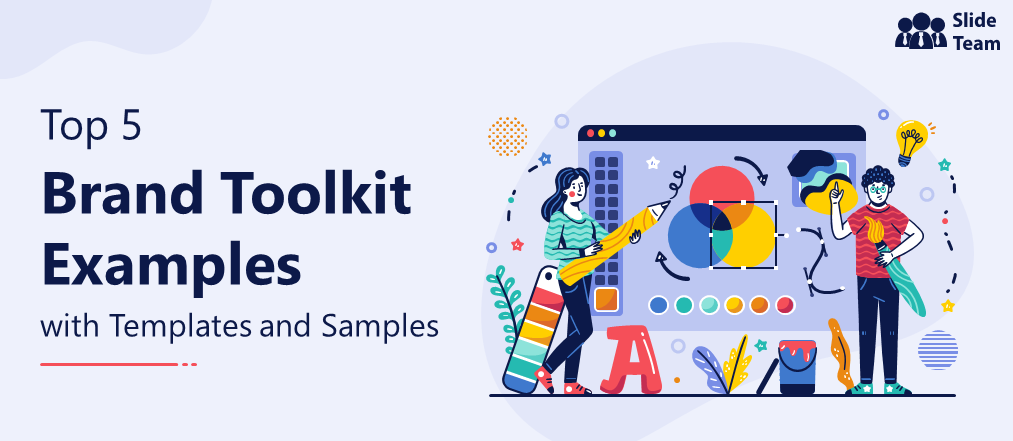There are certain brands that have managed to cultivate a unique and distinct aura. It’s that subconscious nudge you feel when you walk down a street and see their logo on a storefront or their ad flashing on the TV. It’s an authentic flavor that becomes inseparable from these brands and their products.
This is what good, powerful branding can do for a business.
A well-crafted brand identity makes your business more than an enterprise; it becomes an experience for the consumer, something that makes the time they’ve associated with you memorable.
Cultivating a brand and defining your identity takes far more than just a logo or a name. It takes carefully-crafted strategies and diligent work that makes a business more distinct in its visibility and appeal. It enables them to convey to the consumer their values, their personality, and their promise to potential customers. This is one of the most effective methods a business can employ to stand out from the crowd and establish its own loyal audience base.
Want to go deeper down the brand identity rabbit hole? We’ve got you covered. Click here to read our other blog discussing 21 templates for building a brand guidelines toolkit!
You may be looking at all of this and asking, just how on Earth does an up-and-coming business acquire the resources and efficiency to do all of this? We have the answer!
In this blog, we’re going to be exploring five brand toolkits that you can deploy to advance your effort to build a strong brand identity. You will establish better ties with customers and give yourself a distinguished market persona. These templates come with the advantage of providing quality content while being easy to utilize and easy to customize.
Let’s begin.
Template 1 - Brand Strategist Toolkit for Managing Identity Content and Performance
Put into place sound, well-research directives that will help rejuvenate your brand and improve your public perception, all with the aid of this PowerPoint Deck. With 71 slides, it has a wealth of data, information, and incentivized tools that you can deploy to aid your cause. A ‘firm growth review’ discusses the primary forces behind competitive branding, while a ‘checklist to track essential branding initiatives’ gets you organized in line with your vision. A ‘brand idea framework to build consumer connection’ displays some key factors for curating the right brand image for your business, followed closely by a ‘comprehensive communication plan to share the brand’s core message.
Template 2 - Brand Strategy Toolkit for Marketers Branding
Tap into a more time-tested and effective source of wisdom when cultivating your brand with the aid of this insightful PPT Template, a complete deck in 68 slides. Its focus on brand identity and empowerment makes it a pleasure to implement. Present in this deck is a ‘brand positioning and messaging framework to manage verbal identity,’ followed by a slide divulging ‘essential strategies for successful brand repositioning.’ Also present in this deck is a ‘checklist to track visual identity building initiatives for the brand’ and a slide expanding on the ‘major components crucial for brand’s product branding.’ ‘Key stages to ensure effective brand awareness’ gives you the tools to get ahead of the system, while an ‘Integrated advertising plan for brand promotion’ enables you to harness the power of good advertising to enhance your business profile.
Template 3 - Major Components Crucial for Brands Product Branding Toolkit to Handle Brand Identity
Formulate a core business identity while connecting to your target audience with the tools provided in this informative PPT Theme. The template outlines a series of components to help you bond better with your customer base. Two tables are placed within the slide discussing the key customers and the ‘brand visual identity and content,’ with subsections inside of them that enable you to outline your internal goals and pursue them in a diligent manner.
Template 4 - Vision Mission and Goals Associated with Brand Toolkit to Handle Brand Identity
Deploy this template to refine your goals, augment your corporate persona, and construct a cohesive business framework for your brand. The PPT Theme comes with a set of key subheadings that operate as core organizing principles for the brand – vision, purpose, and values. Present below this is a table that documents your goals while allowing you to expand on the objectives and results and add comments as well. Smoothen your internal operations and create brand equity for your business with the content of this PPT Slide.
Template 5 - Managing Upcoming Product Pipeline for Potential Brand Toolkit to Handle Brand Identity
This PowerPoint slide can be instrumental in giving structure to your internal operations, helping you to calibrate the right processes when growing your brand. Manage a tight schedule with multiple products in the pipeline by employing the resources of this PPT theme, which allows you to segregate and compartmentalize your internal processes for the best results. The slide outlines a graph with a timeline stretching for a few years, allowing you to manage resources effectively when working on multiple projects.
Template 6 - Vision Mission and Goals Associated with Brand Toolkit to Manage Strategic Brand Positioning
Here is a slide that can empower you and your employees, efficiently instilling a drive for accomplishment within the business. The slide allows you to underscore your internal ethos with a ‘vision,’ ‘purpose,’ and ‘value.’ Coupled with this is a table that facilitates better management within the business architecture, allowing you to define your objectives against a timeline for better results.
BRAND IS IMPORTANT; CULTIVATE IT
Brand identity is a key component of the wider business exercise, and when done right, it can lead to a substantial increase in revenue and a loyal customer base to tap into. It is important to implement the right tactics and take the right steps when doing this, for there are many roads you can take, and not all of them lead to the desired outcome. Download our pre-designed brand toolkits and apply the principles you see in them to assist you in this process, providing you with the necessary wisdom to forge your own unique and creative brand identity.
FAQs on Brand Toolkit
What items are in a brand kit?
A brand toolkit is an assortment of templates, documents, and other key resources that help companies craft and sustain a cogent brand identity. It typically includes the following:
Brand guidelines: A guideline that helps to underscore the brand's visual identity, including its logo, color palette, imagery, and typography.
Brand messaging: A framework for streamlining the brand's core values, mission, communication strategy, tone of voice, etc.
Brand templates: These could be templates for creating effective marketing channels in the physical and digital mediums as well.
Brand training: This could include guidebooks of training materials for employees to assist them in maintaining consistency with the brand identity.
How do I build a brand toolkit?
Step 1 - Define your brand
Establish your brand's mission, vision, values, and purpose. Craft a clear ethos to generate the right approach in all facets of business that reflect one uniform, valuable brand identity.
Step 2 - Gather your assets
Produce and integrate essential assets to building a brand identity, ranging from your logo, color themes, moto, and other core elements that help to outline your central identity. Ensure that your assets are consistent with your desired standards and your core guidelines.
Step 3 - Create your brand guidelines
Create a framework that allows you to direct your brand’s assets in the desired channels, allowing you to propagate your brand identity through them. Be sure to incorporate crucial marketing strategies and set the tone for your brand’s message.
Step 4 - Update your toolkit regularly
As your brand grows and your business evolves, be sure to add updates to the toolkit to remain aligned with business realities.
What is the difference between brand guidelines and a brand toolkit?
Brand guidelines are a collection of principles that regulate a company’s branding strategy to ensure the right representation. Brand guidelines help to keep a brand’s core public perception consistent across a multitude of mediums and online channels.
Brand toolkits are an organization of assets and resources that help a company apply its guidelines in the right manner. Toolkits help businesses monitor and scrutinize their internal marketing and branding efforts.
How do I create a brand strategy guide and toolkit?
Step 1 – Research your target audience
Know your target audience, along with their needs and wants. Upon comprehending your target audience, you can refine your brand strategy.
Step 2 – Set your goals
Establish your objectives and the desired goals with your brand so that you can shake your internal strategy and create a toolkit.
Step 3 – Cultivate your brand strategy
Manage your resources and apply them in the best way possible, ensuring that your brand identity emerges and remains intact.
Step 4 – Create guidelines
Put into place a system of checks and balances for directing your branding efforts in the most fruitful manner possible, incorporating all your brand assets, from logo to color palette and internal messaging.
Step 5 – Hone your strategy
Upon developing your own specialized toolkit that helps organize your branding efforts, be sure to sharpen and refine your strategy regularly, incorporating evolving market trends and patterns into the strategy for the best results.





 Customer Reviews
Customer Reviews























